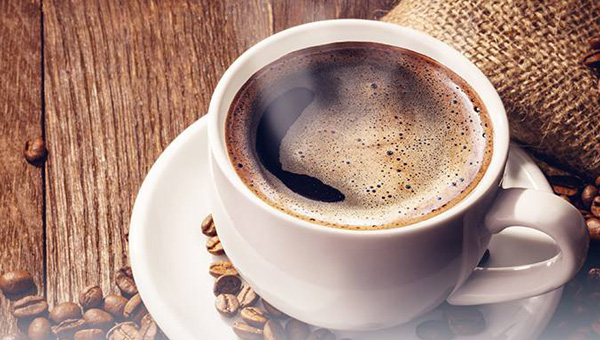Espresso is often bitter and strong dark drink that is made of well-ground espresso beans. It originated within Italy and was first introduced to cafes around the world in the early 20th century, as a distinctive coffee alternative to tea or coffee. Today, espresso is more popular than ever before, with millions of people drinking the beverage every day. Espresso is produced by forcing an unpressurized liquid. The result is a dark, concentrated , dark coffee with a strong flavor and aroma, however, there is there is a bit of bitterness. Espesso differs from other kinds of drip coffee since it's not brewed slowly in a long period of time, but by pushing the pressure of water through finely ground coffee beans quickly. As such, espresso drinks generally have a stronger flavor than the regular drip coffee brands.
How Is Espresso Different than Coffee?
Espresso is a rich concentrated, concentrated coffee that contains a much larger amount of caffeine than regular drip coffee. It's also less bitter than normal drip coffee. It's this bitterness that makes espresso so popular and distinct. Espresso drinks are generally stronger than regular drip coffees because the water pressure used to create it quickly pushes the beans into the small hole that is located at the bottom of the basket before any other liquids could pass through. In contrast, drip coffees are brewed over time by releasing water slowly into an insulated filter made from paper or cloth when they are released. This technique allows for the beans to have more time to be grounds and get its flavor. The result is a weaker but still a delicious drink that you can sip in the long run without having to drink too much at once.
Why Is Espresso Better?

Espresso is readily available and very light on calories. It's also easy to make at home, meaning that there's no reason for you to spend your precious time waiting around in lines. It's refreshing, too! The drink is faster and easier than any other type of coffee, and it's environmentally-friendly without the help of any additives or preservatives. To make an espresso, you boil the water and let it cool to temperatures of 195oF to 205oF. After that, you put the ground espresso into a filter that looks like an oval shape with holes in the base. It's up to you if you prefer using paper or metal filters. Just remember that paper filters tend to create a more acidic flavor and metal filters permit the formation of more crema (the thick foam at the top) to form. You fill the rest portion of the cone, let it steep for 4 minutes or so, after which you remove the filter and serve. For the best results, choose syrups made of fresh ingredients, such as honey or sugar, not powdered sugar for your beverage.
Does Espresso Have More Caffeine than Coffee?
Espresso generally contains more caffeine than normal coffee because it is comprised of lots in ground coffee beans. It is because the grounds are squeezed under pressure, which releases the caffeine as well as other flavor compounds into the water. You could get nearly double the amount of caffeine in an espresso drink compared to that in a drip coffee drink. The difference between an espresso shot and standard cup of joe is down to the amount of ground coffee you put in your shot. If you add one teaspoon of beans into your espresso drink, you'll receive around 55 milligrams of caffeine from the drink. It's about 10% more than what you'd get from a regular cup of joe. For calories, however, there is no distinction between the calories of an espresso drink or a standard cup of joe. Both have roughly 100 calories in a serving. If anyone really wants to feel refreshed after drinking their preferred hot beverage, they would be better off sipping only one or two shots espresso rather than drinking mediocre drip coffee throughout the day.
There are many factors you need to learn to in order to prepare a first-class espresso cup. Here is a good resource, if you are want to learm more. cool facts about coffee